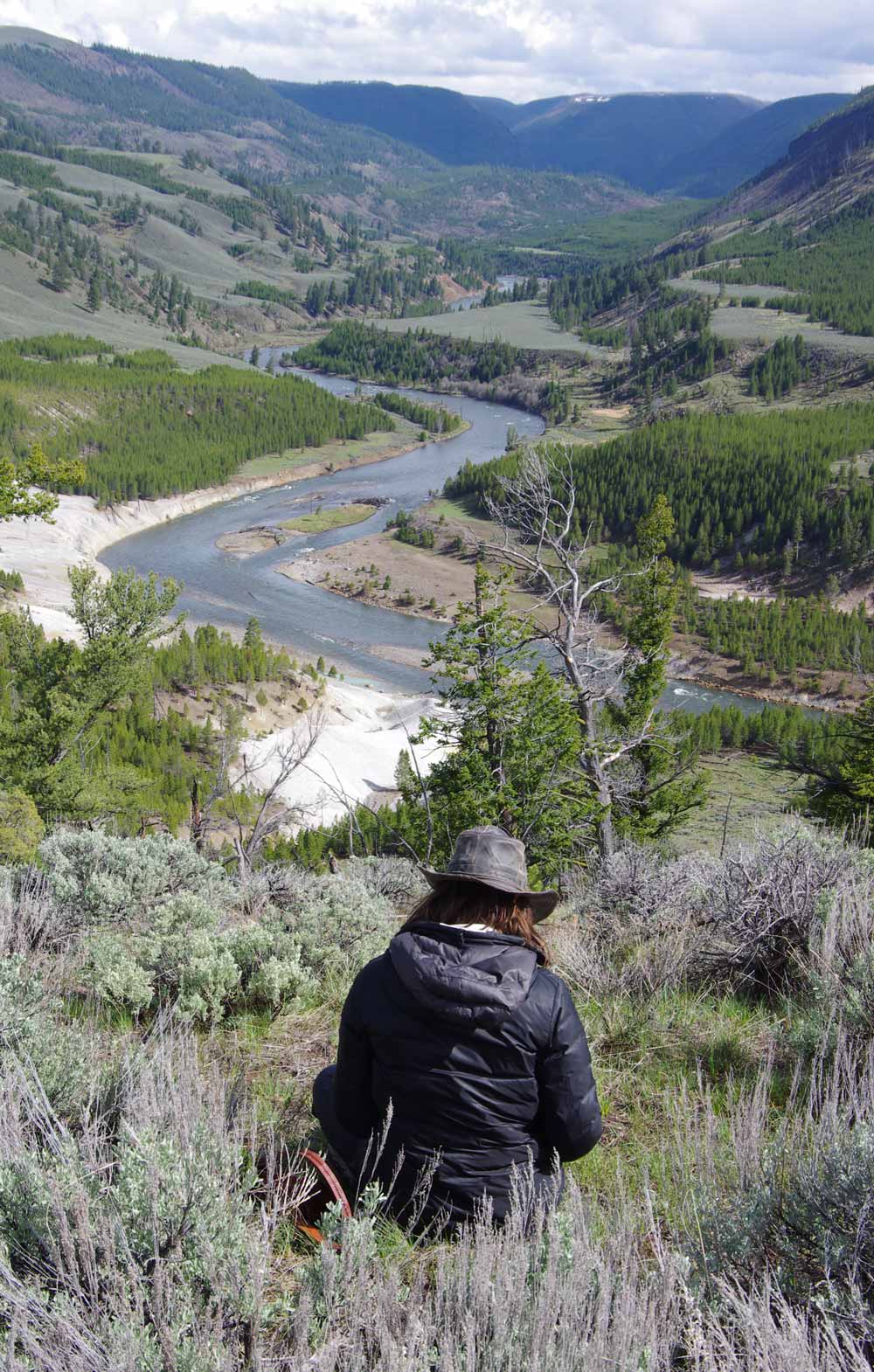
The term “plein air” basically means “outdoor.” I have seen this term used on packages of eggs in France in the same way that we might see “free range” used in the U.S., so perhaps a translation of "plein air artist" could be "a "free range artist": like the chickens, we're tired of being cooped up in the studio and are ready to head out into the great outdoors.
I've been painting and sketching outside for many years; a travel sketchbook is how I began to do watercolor in the first place.I was hesitant at first to draw and paint in front of people, but I seem to care less and less as the years go by. (Plus, I've discovered that hardly anyone is paying attention.) With the right mindset, interacting with the community through art can be the best part of the experience.
In case you're interested in doing more plein air painting or sketching yourself, I've compiled a list of the materials and equipment that I use most often. This list is by no means official and is likely to change at a moment's notice, but I hope it will help you find a starting point for your artistic adventures.
Bonus Items:

I prefer the lightest, simplest kit that I can get away with. Often I can sit on a rock, find a spot in the shade where I don't need the umbrella, or balance my sketchbook on my knee and make do without an easel. I've managed in many environments: amongst cows at the stock show, at the airport with children crawling on me, crouched under trees hiding from the rain, etc., so please don't fret if you can't find or afford all the items. Plein air is about observing the world and having memorable experiences, not buying a bunch of stuff to recreate an eleaborate studio outside.
Happy sketching, chickens!